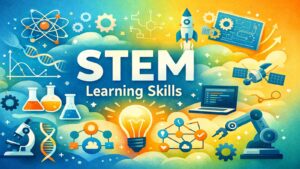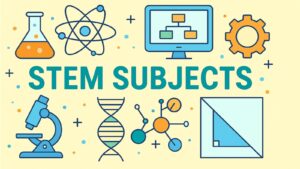Table of Contents
Introduction: Understanding the Role of Living Organisms in Life’s Origin

The boundary between chemistry and life remains one of science’s most captivating puzzles. Living organisms accomplish something extraordinary — they take simple molecules and weave them into the complex tapestry of life itself. This transformation happens millions of times every second in every cell, yet we’re only beginning to understand how chemistry becomes biology.
Consider the carbon atom floating in ancient Earth’s atmosphere. Today, that same carbon might form part of a protein in your muscle or carry genetic information in your DNA. Living organisms don’t just use chemistry — they orchestrate it into symphonies of molecular interactions that create, sustain, and reproduce life.
The transition from chemistry to biology encompasses eight essential processes that illustrate how living organisms connect this extraordinary divide. Each process reveals how simple chemical reactions become sophisticated biological systems that think, move, reproduce, and evolve.
Table 1: Key Chemical Elements in Living Organisms and Their Biological Functions
| Element | Percentage in Human Body | Primary Biological Role | Chemical Property Utilized |
|---|---|---|---|
| Oxygen | 65% | Cellular respiration, water formation | High electronegativity, forms stable bonds |
| Carbon | 18% | Backbone of organic molecules | Forms four covalent bonds, chains easily |
| Hydrogen | 10% | Energy transfer, pH regulation | Small size, forms hydrogen bonds |
| Nitrogen | 3% | Protein and nucleic acid structure | Forms stable triple bonds, part of amino groups |
| Calcium | 2% | Bone structure, cell signaling | Forms ionic bonds, regulates enzyme activity |
| Phosphorus | 1% | Energy storage (ATP), DNA backbone | Forms high-energy phosphate bonds |
1. Living Organisms and the Spark of Metabolism

Metabolism represents the first great triumph of living organisms over raw chemistry. While non-living systems tend toward chaos and energy dispersal, living organisms capture energy and channel it with stunning precision. They transform simple sugars into the universal energy currency that powers every biological process.
The magic happens through a series of chemical reactions that would make any chemist envious. Living organisms break down glucose molecules through glycolysis, releasing energy in controlled bursts rather than explosive combustion. This energy gets captured in adenosine triphosphate molecules, creating a rechargeable battery system that cells can tap whenever they need power.
What makes this process remarkable is its efficiency and control. A simple sugar molecule containing just 24 atoms becomes the fuel for everything from muscle contractions to brain thoughts. Living organisms have mastered the art of controlled energy release, something that took human engineers centuries to approximate in our machines.
The cellular machinery that accomplishes this feat involves hundreds of enzymes working in perfect coordination. Each enzyme speeds up specific chemical reactions by millions of times, yet operates with surgical precision to avoid unwanted side reactions.
Table 2: Major Metabolic Pathways and Their Energy Conversion Efficiency
| Metabolic Pathway | Location in Cell | Energy Yield (ATP molecules) | Efficiency Rate |
|---|---|---|---|
| Glycolysis | Cytoplasm | 2 ATP per glucose | 2% |
| Citric Acid Cycle | Mitochondria | 2 ATP per glucose | 5% |
| Electron Transport | Mitochondrial membrane | 32 ATP per glucose | 93% |
| Fatty Acid Oxidation | Mitochondria | 147 ATP per palmitate | 40% |
| Photosynthesis | Chloroplasts | Variable | 3-6% |
2. Living Organisms and the Code of DNA Information
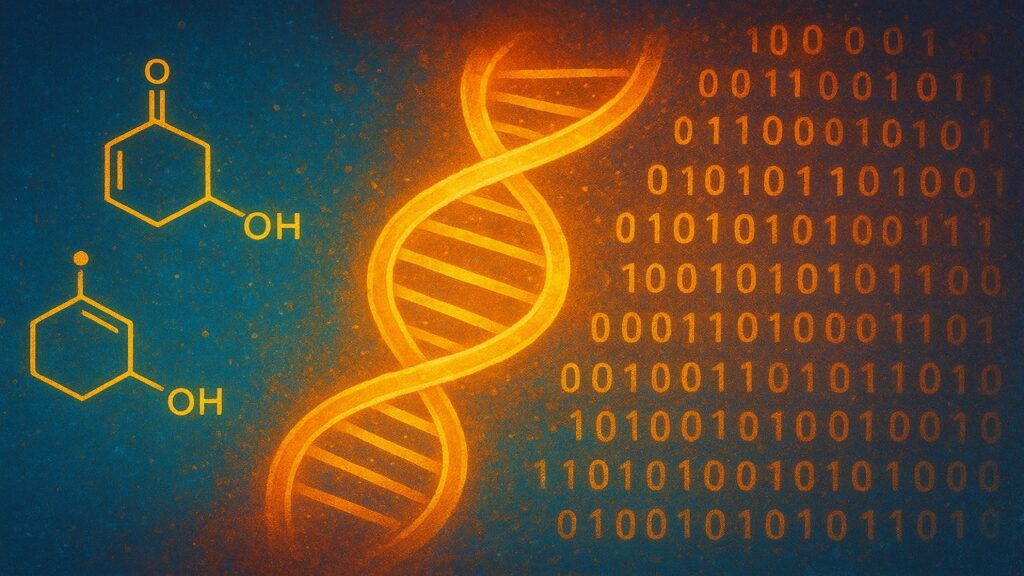
DNA transforms chemistry into information storage with a elegance that surpasses any human technology. Living organisms use just four chemical bases to encode the instructions for building and operating every form of life on Earth. This molecular alphabet creates a language more sophisticated than any computer code.
The molecular configuration of DNA illustrates the manner in which living entities have addressed the challenge of information storage. Two complementary strands intertwine, maintained by hydrogen bonds that connect corresponding base pairs. This double helix design ensures that genetic information can be copied accurately while remaining stable enough to last a lifetime.
Contemporary researchers estimate that human DNA comprises approximately 3.2 billion base pairs, which equates to around 750 megabytes of data. To put this in perspective, a single human cell contains more data than most smartphone storage systems. Yet this information fits into a nucleus smaller than the period at the end of this sentence.
Living organisms also developed sophisticated error-checking systems that surpass anything in our digital world. DNA repair mechanisms constantly scan for mistakes and fix them before they cause problems. This quality control system allows genetic information to pass accurately from generation to generation across millions of years.
Table 3: DNA Information Storage Compared to Digital Systems
| Storage System | Information Density | Error Rate | Lifespan | Replication Method |
|---|---|---|---|---|
| Human DNA | 10^19 bits per gram | 1 in 10 billion | 100+ years | Enzymatic copying |
| Modern SSD | 10^12 bits per gram | 1 in 10^14 | 5-10 years | Electronic transfer |
| Blu-ray Disc | 10^9 bits per gram | 1 in 10^12 | 50+ years | Optical reading |
| Magnetic Tape | 10^8 bits per gram | 1 in 10^6 | 30 years | Magnetic reading |
3. Living Organisms and the Role of Proteins in Life’s Machinery
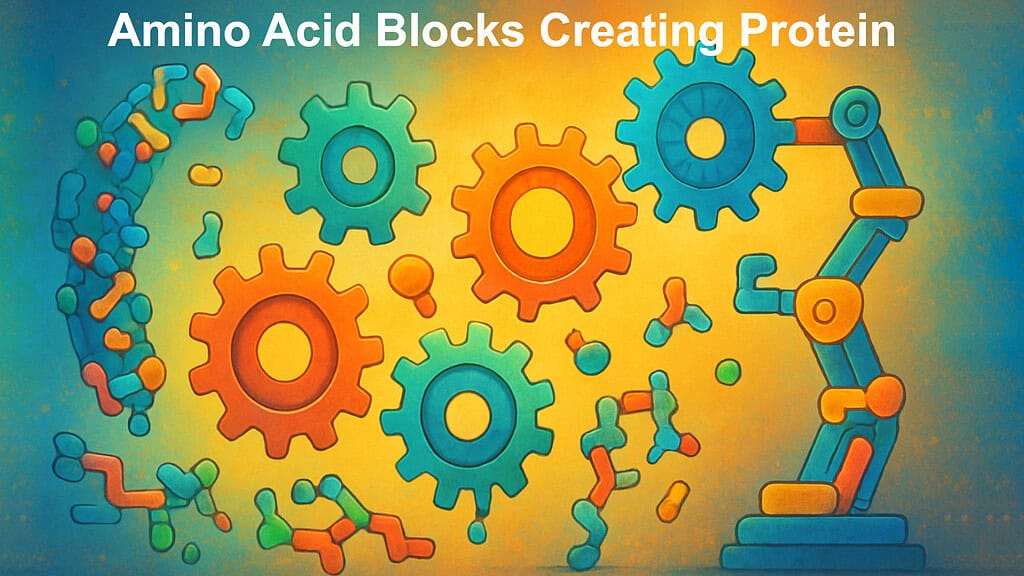
Proteins represent chemistry’s transformation into sophisticated molecular machines. Living organisms construct these complex structures from just 20 amino acid building blocks, yet create millions of different proteins that perform virtually every biological function imaginable.
The folding process that creates functional proteins showcases how living organisms turn simple chemistry into complex machinery. Linear chains of amino acids spontaneously fold into precise three-dimensional shapes, guided by chemical forces and interactions. This folding process happens automatically, yet produces machines more sophisticated than anything human engineers have designed.
Consider hemoglobin, the protein responsible for transporting oxygen in your bloodstream. This molecular machine contains over 500 amino acids arranged in a precise structure that can grab oxygen molecules in your lungs and release them in your tissues. The chemistry is elegant — iron atoms held in organic rings that change shape when oxygen binds, triggering conformational changes that affect oxygen binding at distant sites.
Enzymes represent perhaps the most impressive protein machines. These biological catalysts speed up chemical reactions by factors of millions while maintaining perfect specificity. Catalase, for example, can process 40 million hydrogen peroxide molecules per second, protecting cells from oxidative damage.
Table 4: Major Protein Categories and Their Biological Functions
| Protein Type | Example | Molecular Weight (kDa) | Primary Function | Chemical Mechanism |
|---|---|---|---|---|
| Enzymes | Catalase | 240 | Catalysis | Substrate binding and activation |
| Transport | Hemoglobin | 65 | Oxygen delivery | Cooperative binding |
| Structural | Collagen | 300 | Support | Cross-linking and fiber formation |
| Defense | Immunoglobulin | 150 | Immune response | Antigen recognition |
| Regulatory | Insulin | 6 | Metabolism control | Hormone signaling |
| Motor | Myosin | 520 | Movement | ATP-powered conformational change |
4. Living Organisms and the Cell as a Chemical Factory
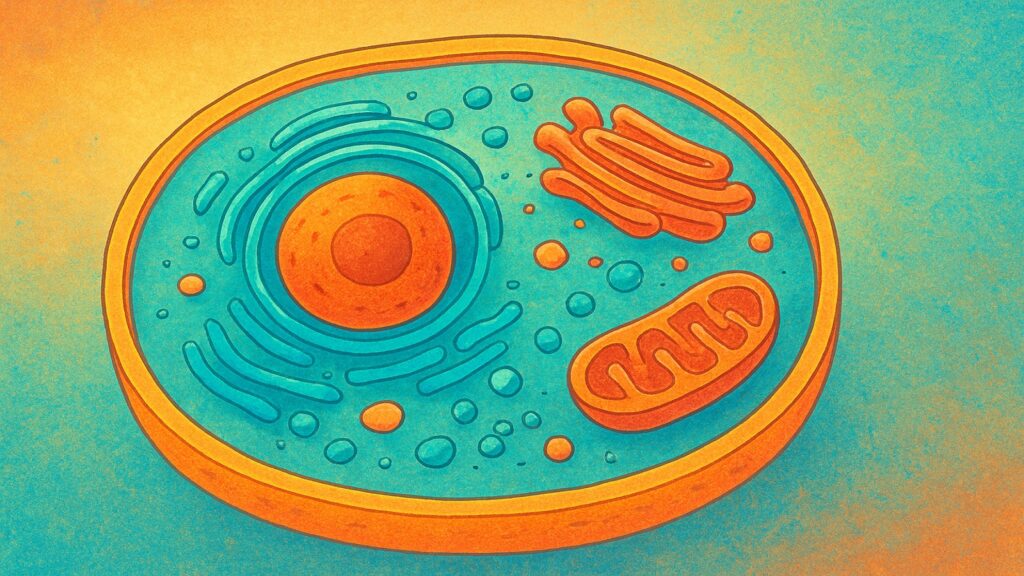
The cell represents living organisms’ solution to organizing chemistry into a coherent system. Within microscopic boundaries, thousands of chemical reactions occur simultaneously, yet each cell maintains order and purpose that would be impossible in a simple chemical soup.
Cell membranes create the fundamental boundary between life and chemistry. These lipid bilayers allow living organisms to control what enters and exits, maintaining internal conditions different from the surrounding environment. The membrane itself is a chemical marvel — molecules that spontaneously organize into barriers while remaining flexible and self-repairing.
Inside the cell, specialized compartments called organelles create distinct chemical environments for different processes. Mitochondria optimize conditions for energy production while ribosomes focus on protein synthesis. This compartmentalization allows living organisms to run multiple chemical processes simultaneously without interference.
The coordination between cellular components reveals how living organisms transform chemistry into integrated systems. Signal molecules carry information between organelles, enzyme cascades amplify important messages, and feedback loops maintain stability. This level of organization emerges from simple chemical interactions yet creates behaviors that transcend individual molecular properties.
Table 5: Major Cellular Organelles and Their Chemical Functions
| Organelle | Size (micrometers) | Primary Chemical Process | Key Molecules Involved | pH Environment |
|---|---|---|---|---|
| Nucleus | 5-10 | DNA replication and transcription | DNA polymerase, RNA polymerase | 7.0-7.4 |
| Mitochondria | 1-2 | ATP synthesis, cellular respiration | Cytochromes, ATP synthase | 8.0 (matrix) |
| Ribosomes | 0.02 | Protein synthesis | tRNA, mRNA, ribosomal proteins | 7.0-7.4 |
| Endoplasmic Reticulum | Variable | Protein folding, lipid synthesis | Chaperones, enzymes | 7.0 |
| Golgi Apparatus | 1-3 | Protein modification | Glycosyltransferases | 6.4 |
| Lysosomes | 0.5 | Waste digestion | Hydrolytic enzymes | 4.5-5.0 |
5. Living Organisms and the Role of Symbiosis in Biological Life
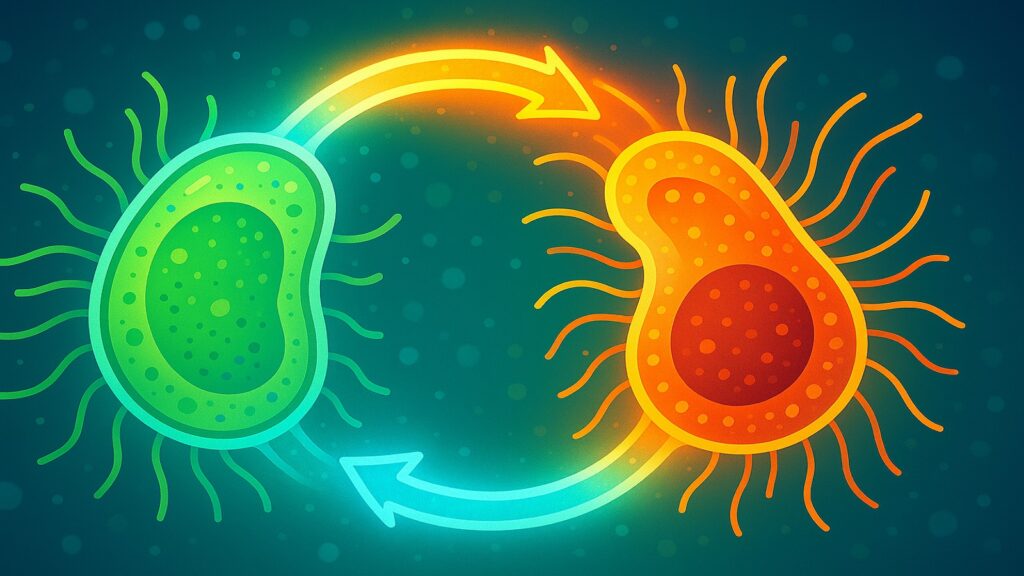
Symbiosis reveals how living organisms transform individual chemistry into collective biological systems. Rather than competing solely for resources, many organisms discovered that cooperation creates opportunities impossible for a single species to achieve alone.
The relationship between plants and mycorrhizal fungi demonstrates this chemical collaboration beautifully. Plants provide carbon compounds from photosynthesis, while fungi contribute phosphorus and nitrogen from soil. This exchange creates a vast underground network where chemical signals coordinate resource sharing across entire forests.
Coral reefs showcase another triumph of symbiotic chemistry. Tiny algae called zooxanthellae live inside coral polyps, conducting photosynthesis and sharing the products with their hosts. In exchange, corals offer safeguarded habitats and a higher concentration of carbon dioxide. This partnership enables coral reefs to thrive in nutrient-poor tropical waters.
The human microbiome represents perhaps the most intimate example of symbiotic chemistry. Trillions of bacteria in our digestive system help break down complex carbohydrates we cannot digest ourselves. These microorganisms produce vitamins, regulate immune responses, and even influence brain chemistry through molecular signals.
Table 6: Major Types of Symbiotic Relationships Among Living Organisms and Their Chemical Benefits
| Symbiosis Type | Example Species | Chemical Exchange | Benefit to Partner 1 | Benefit to Partner 2 |
|---|---|---|---|---|
| Mutualism | Legumes + Rhizobia | Nitrogen fixation for carbohydrates | Fixed nitrogen compounds | Carbon sugars |
| Commensalism | Remora + Shark | Waste consumption | Food scraps | Debris removal |
| Mycorrhizae | Trees + Fungi | Phosphorus for carbon | Mineral nutrients | Organic compounds |
| Lichen | Algae + Fungi | Photosynthesis products for minerals | Carbon compounds | Inorganic nutrients |
| Gut Microbes | Humans + Bacteria | Vitamin synthesis for habitat | B vitamins, short-chain fatty acids | Nutrients, stable environment |
6. Living Organisms and the Transfer of Genes Across Generations
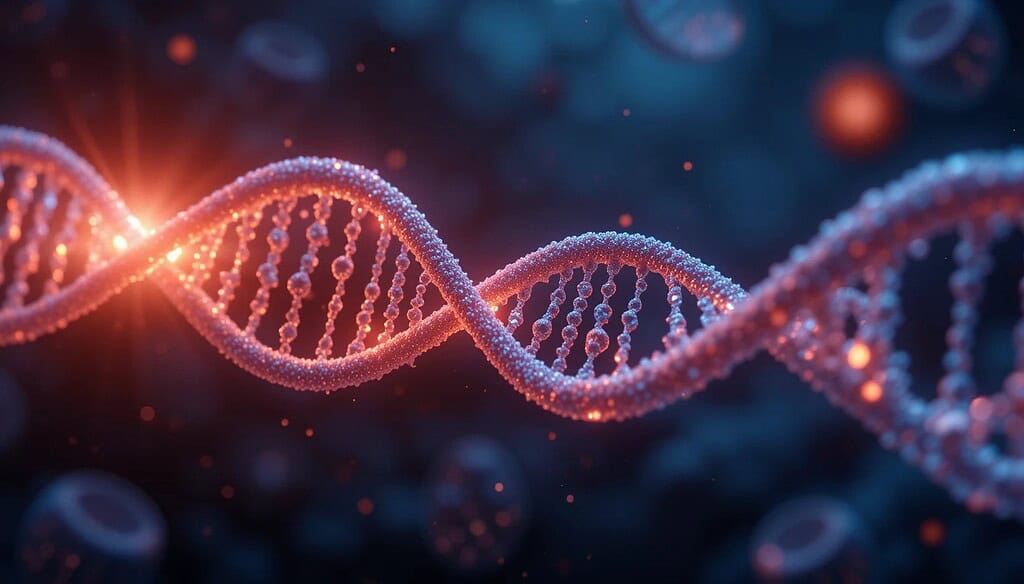
Heredity represents how living organisms transform temporary chemical arrangements into permanent biological legacies. The chemical mechanisms of gene transfer ensure that successful molecular innovations spread through populations and persist across time.
DNA replication showcases the precision with which living organisms copy chemical information. During cell division, enormous molecular machines called DNA polymerases read existing genetic sequences and create perfect copies. These enzymes achieve error rates lower than one mistake per billion nucleotides, surpassing the accuracy of human-made copying systems.
Sexual reproduction introduces controlled chemical mixing that creates new combinations while preserving essential information. During meiosis, chromosomes exchange segments through crossing over, shuffling genetic material like cards in a deck. This process generates endless chemical variations while maintaining the fundamental recipes for life.
Epigenetic inheritance uncovers an extra dimension of chemical information transmission. Living organisms can pass along chemical modifications to DNA that influence gene expression without changing the underlying genetic code. These modifications allow organisms to transmit environmental adaptations to their offspring through molecular memory systems.
Table 7: Mechanisms of Genetic Transfer and Their Molecular Basis
| Transfer Method | Organisms | Molecular Mechanism | Accuracy Rate | Evolutionary Advantage |
|---|---|---|---|---|
| DNA Replication | All cellular life | DNA polymerase copying | 99.999999% | Maintains genetic stability |
| Sexual Reproduction | Eukaryotes | Chromosome recombination | 99.99% | Increases genetic diversity |
| Horizontal Gene Transfer | Bacteria | Plasmid exchange | Variable | Rapid adaptation |
| Epigenetic Inheritance | Plants, animals | DNA methylation | 80-90% | Environmental response memory |
| Viral Transduction | Viruses + hosts | Viral DNA integration | 70-95% | Cross-species gene movement |
7. Living Organisms and the Emergence of Conscious Processes
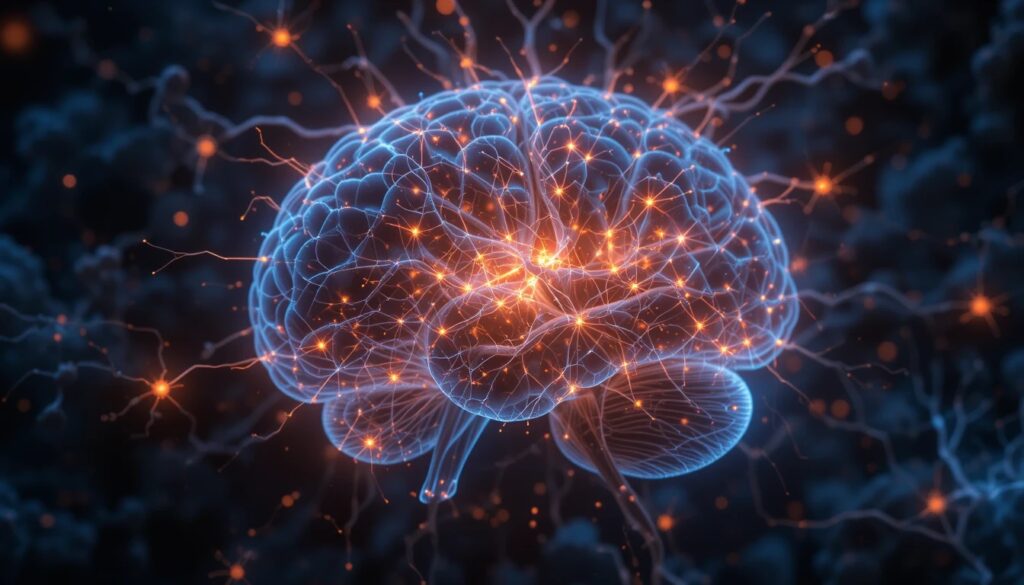
The nervous system represents living organisms’ most ambitious transformation of chemistry into biology. Simple electrochemical signals become thoughts, memories, and consciousness itself through networks of specialized cells that process information with remarkable sophistication.
Neurons accomplish this feat through precise control of chemical gradients across cell membranes. Sodium and potassium ions create electrical potentials that can propagate along nerve fibers at speeds up to 120 meters per second. At synapses, electrical signals trigger the release of neurotransmitter molecules that carry information between cells.
The brain emerges from this chemical foundation as a biological computer containing roughly 86 billion neurons connected through trillions of synapses. Each synapse operates as a chemical switch that can strengthen or weaken based on experience, allowing living organisms to learn and form memories through molecular changes.
Consciousness itself appears to arise from the complex chemical interactions within neural networks. While we don’t fully understand how subjective experience emerges from objective chemistry, research reveals that specific patterns of neural activity correlate with different conscious states and experiences.
Table 8: Neural Chemistry and Cognitive Functions
| Brain Region | Primary Neurotransmitter | Chemical Function | Cognitive Role | Processing Speed |
|---|---|---|---|---|
| Prefrontal Cortex | Dopamine | Executive control | Decision making | 0.1-0.5 seconds |
| Hippocampus | Acetylcholine | Memory formation | Learning | 0.01-0.1 seconds |
| Amygdala | GABA | Inhibitory control | Fear processing | 0.01 seconds |
| Cerebellum | Glycine | Motor coordination | Movement control | 0.001 seconds |
| Brainstem | Serotonin | Mood regulation | Emotional balance | 1-10 seconds |
| Spinal Cord | Glutamate | Signal transmission | Reflex responses | 0.001-0.01 seconds |
8. Living Organisms and the Evolutionary Transformation of Life
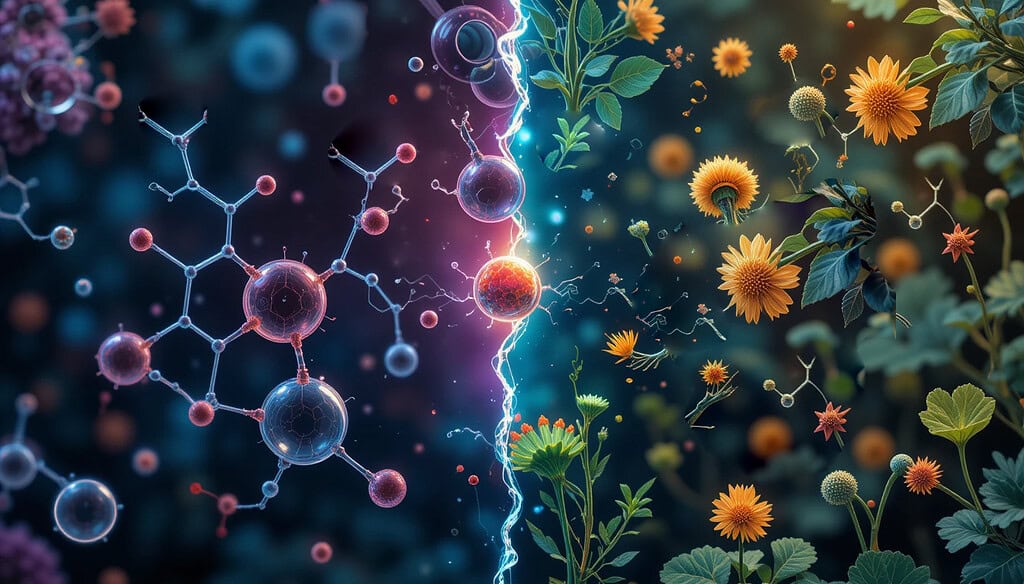
Evolution represents the ultimate example of how living organisms transform chemistry into new forms of biological complexity. Small chemical variations accumulate over generations, eventually producing entirely new species and biological capabilities through purely natural processes.
Natural selection operates through chemical differences that affect survival and reproduction. A single amino acid change in a protein can alter enzyme function, membrane permeability, or structural strength. These molecular modifications create the raw material for evolutionary change when they influence an organism’s ability to survive and reproduce.
Mutations introduce chemical novelty into genetic systems through various molecular mechanisms. DNA polymerase errors, chemical damage, and environmental factors create random changes in genetic sequences. While most mutations are neutral or harmful, occasional beneficial changes provide advantages that natural selection can amplify.
The fossil record documents how evolutionary processes have transformed simple chemical systems into the incredible diversity of life we observe today. From the first self-replicating molecules to complex multicellular organisms, evolution demonstrates chemistry’s potential to create biological solutions to environmental challenges.
Table 9: Major Evolutionary Transitions and Their Chemical Innovations
| Evolutionary Event | Time Period (Million Years Ago) | Key Chemical Innovation | Biological Impact | Molecular Evidence |
|---|---|---|---|---|
| Origin of Life | 3800 | Self-replicating RNA | Information storage | Ribozyme catalysis |
| Photosynthesis | 3500 | Chlorophyll chemistry | Oxygen production | Photosystem proteins |
| Eukaryotic Cells | 2000 | Mitochondrial symbiosis | ATP efficiency | Mitochondrial DNA |
| Multicellularity | 1000 | Cell adhesion proteins | Tissue formation | Cadherin molecules |
| Nervous Systems | 600 | Voltage-gated channels | Information processing | Ion channel proteins |
| Hard Shells | 540 | Calcium carbonate precipitation | Protection | Biomineralization |
Conclusion: Living Organisms as the Bridge Between Chemistry and Life
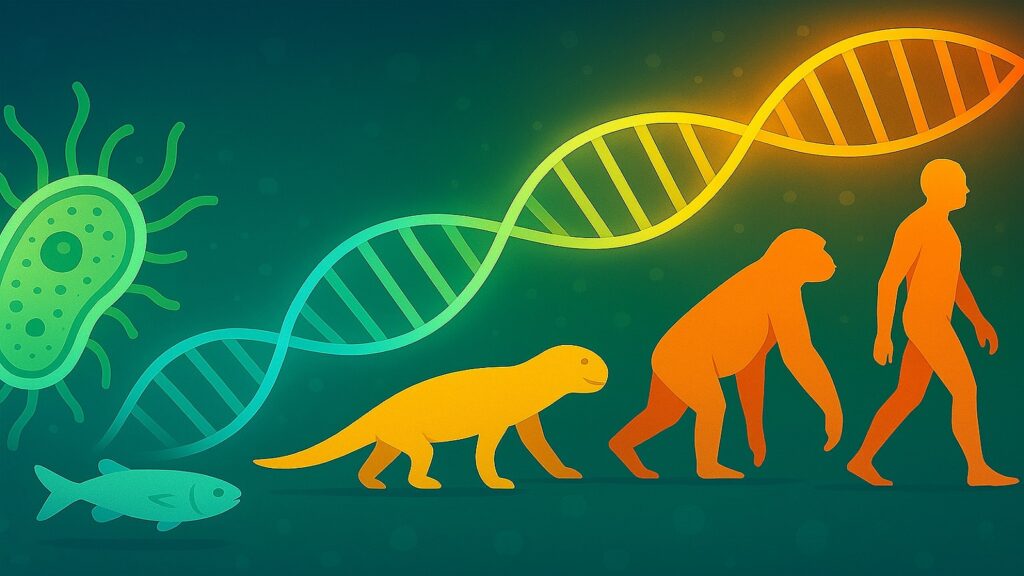
Living organisms represent nature’s greatest achievement in transforming simple chemistry into the rich complexity of biological systems. Through metabolism, information storage, protein machinery, cellular organization, symbiosis, heredity, consciousness, and evolution, life has discovered ways to transcend the limitations of individual chemical reactions.
The eight processes explored in this article reveal common themes in how living organisms accomplish this transformation. They create order from chaos, build complexity from simplicity, and develop purpose from random molecular interactions. Each process demonstrates chemistry’s hidden potential when organized through biological systems.
Understanding these transformations provides insight into life’s deepest mysteries while opening new possibilities for human innovation. As we learn to manipulate biological systems with increasing precision, we gain the power to direct chemistry toward solutions for human challenges.
Table 10: Future Applications of Chemistry-Biology Integration
| Application Area | Current Development Stage | Chemical Basis | Biological System | Potential Impact |
|---|---|---|---|---|
| Gene Therapy | Clinical trials | Modified nucleotides | Viral vectors | Disease treatment |
| Synthetic Biology | Laboratory research | Artificial DNA | Engineered microbes | Custom organisms |
| Biocomputing | Proof of concept | DNA storage | Cellular circuits | Biological computers |
| Regenerative Medicine | Early development | Growth factors | Stem cells | Tissue replacement |
| Biofuels | Commercial production | Enzyme engineering | Algae systems | Renewable energy |
| Drug Discovery | Established field | Molecular targeting | Protein structures | Precision medicine |
The question now becomes not whether chemistry can become biology, but how we will guide this transformation. Living organisms have shown us that chemistry contains unlimited potential for creating, sustaining, and evolving life. Our challenge is learning to harness this potential responsibly while respecting the wisdom embedded in billions of years of biological innovation.
The boundary between chemistry and life, once considered absolute, now appears as a bridge we are beginning to understand and cross. Living organisms built this bridge through eons of trial and refinement. Now it’s our turn to contribute to the ongoing story of how chemistry becomes life.


